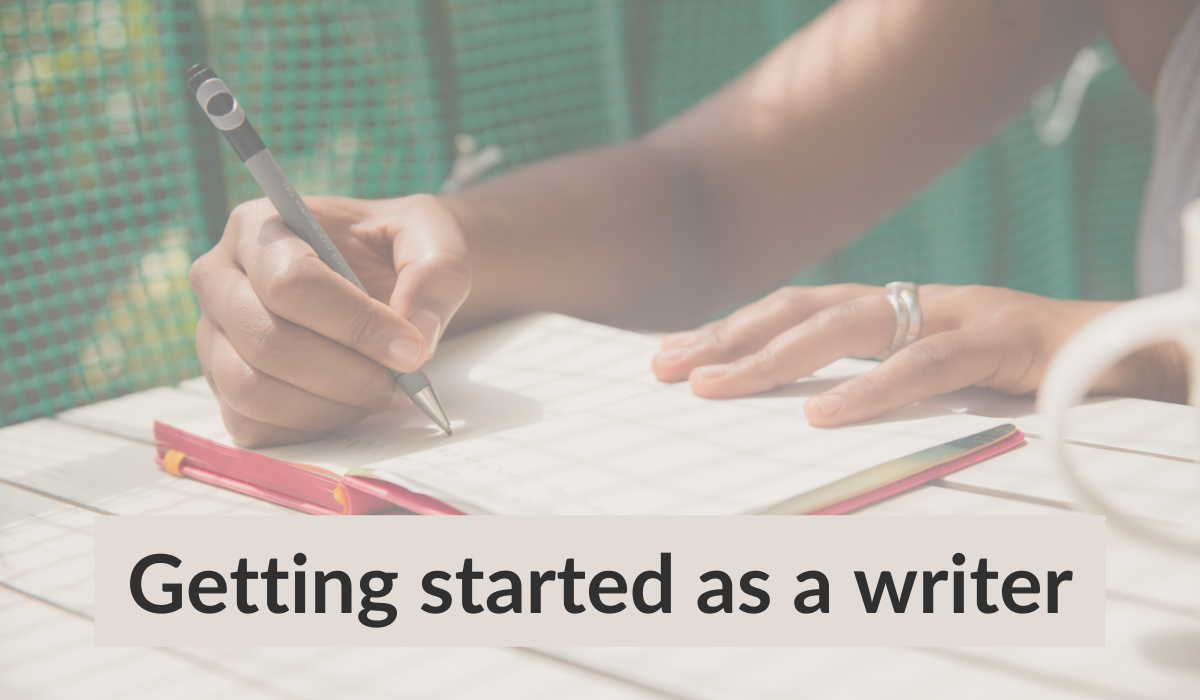Twenty thousand words into a second draft and I feel myself faltering. I look at the next chapter and think – what is the point of it? Honestly, what is the point, what is the intention of this scene, this chapter, what is supposed to be happening?
Scene and chapter intentions are critical. When I was attempting to do the second draft of my first novel I didn’t use them properly and I’ve had to put that novel aside because it’s not working. For the second novel, I’m using the information given in the book ‘Nail your novel: why writers abandon books and how you can draft, fix and finish with confidence’ by Roz Morris, to produce a sheet with a timeline, scene and chapter intentions.
Note: This book was recommended in another publication called ‘The new author’ by Ruby Barnes who was a writer who’d completed the same course I did in creative writing, a year or more before me.
Every time I get stuck trying to figure out what I need to revise in the next chapter, I write out a mini-plan for it, remembering that the chapter will have a natural beginning (draw the reader in), middle section and end (leave them wanting more) and I think of the flow of the scenes within that chapter. I write down exactly what the scene is for. For example:
Scene intention for Chapter 6 Scene 2: B interrogated by C and David, B finds out about E.
I also jot down reminders of what exactly needs to be covered in that interrogation e.g. C asks B why didn’t he say anything? David takes control, shows video of E.
(I use the first letter of each main character’s name, faster than writing in full)
Revising the second novel is working better than I thought it would. Even though I wrote the scene and chapter intentions for the whole novel after the first draft (remember first drafts can’t be held up, write them without the inner critic), as I approach each chapter I find that I may revise those intentions or the intended purpose of the scenes to make the chapter work better – still keeping in mind the build-up of the overall plot and subplots.
The other book which I use for editing is ‘Self-editing for fiction writers’ by Renni Browne and Dave King. I’ve read it three times over the last year. I need that information firmly embedded in my brain.
So on we go…happy editing.





0 Responses